Rare Rides Icons: The Lincoln Mark Series Cars, Feeling Continental (Part IV)

We return to our Lincoln Mark series coverage today, in the midst of learning about the first Mark of the line, the Continental Mark II. The Mark II aimed to carry on the tradition set by the gracious Continental of the Forties, and take Ford to new heights of luxury, desirability, price (and thus exclusivity), and quality. The latter adjective is where we’ll focus today; it was certainly the focus of the folks at the Continental Division prior to the Mark II’s release.
It was important for Ford to get the quality right on the new Continental Mark II, in part to build a reputation for the brand but also to justify its asking price. Recall from our last entry that at $9,966 ($106,912 adj.) in 1956, the Mark II was the most expensive American car anyone could buy. Mark II was meant to blend modern automobile conveniences with the build quality and glamour of the past, and remind buyers of the coachbuilt K-Series Lincolns of the Thirties.
The Mark II’s quality control started with a brand new plant. All Mark IIs were constructed at Allen Park Body and Assembly, a facility that opened in 1956 specifically to build the Mark II. The plant was renamed shortly after the end of Mark II to the Edsel Division Headquarters. After Edsel flopped, the plant became the New Model Programs Development Center, where Ford tested its new product. Today it’s called the Ford Pilot Plant and serves the same function as it has since the Sixties. It manufactures and tests Ford’s new vehicles, and documents the construction methods before a hand-off to the assembling factory.
Around the time Ford decided to build the Allen Park facility, the Continental division crafted up a new quality control program specific to the Mark II. Within it was seven different key initiatives, meant to ensure the utmost in quality from beginning to end of the Mark II’s build process. Recall that most of the car was hand-assembled. More on that in a moment, but first let’s talk initiatives.
The primary and overarching initiative in the QC program was called Quality Specifications. It mandated that any Continental car use only materials of the highest quality possible. Such high standards cost Ford more money upfront but would result in a very special product. Suppliers of the Mark II were forced to upgrade their production standards to comply if they wanted to play ball with Continental.
One result of the Quality Specifications initiative was the choice of leather in the Mark II. American-sourced leather was sprayed with color, rather than the more costly traditional method where it was dyed in a vat. So Continental went to Bridge of Weir in Scotland and purchased their dyed leather instead. Lincoln would use the leather for some time and brought it back in the 2010s on the MKS.
Elsewhere, quality standards meant no availability of metallic paint on the Mark II. Said paint became popular in the Fifties as Americans wanted shiny, sparkly vehicles with tailfins. But Continental’s management was concerned about the longevity of metallic paints, so they used lacquer-based paint instead. Mark II was the first Ford vehicle to use such a hard-wearing paint.
The second initiative was Initial Sample Inspection. Compared to normal QC processes in Ford production, Inspections for Continental were set to take place earlier. This meant extra time during the build in case rejections occurred. More inspection orders occurred in the third quality point, Receiving Inspection.
It was a notable change over how automobile parts inspection usually worked: Continental pushed the onus back on the supplier on parts inspection. All parts were required inspected prior to their arrival at Allen Park Assembly. Once they did arrive, they were inspected by Continental workers for a second time.
Next was the Additional Manufacturing Attention initiative. Ford looked at the assembly time of their Ford and Lincoln-Mercury vehicles and allowed twice as long to build a Continental. Workers at Allen Park were to use the time to check parts to test for fit before assembly, as well as correct any defects found.
During the Continental’s assembly, the In-Plant Inspection and Testing initiative saw each Mark II pass through 14 different inspection points, all of which were thorough. A team of mechanics inspected each Mark II before the car could proceed further. Once assembly was finished, there was another team inspection and a final road test before the Mark II was shipped to the receiving dealer.
Through the process, the Mark IIs remained on a rolling mobile carrier. There was no traditional assembly line at Allen Park to speak of: Through each step in the build, a Mark II was moved by hand to the next build station. Sort of the traditional British assembly method, but better quality.
The other two initiatives were outside Continental’s assembly, at the consumer policy level. The first of them was Top Management Action, where Continental’s brass analyzed data from the various QC checks at Allen Park, then compared that information to any reported customer issues or repair claims received. It was the sort of thing a manufacturer would do with many spreadsheets today, except there was no Excel.
Finally, Continental committed to customer service with the Field Service initiative. It was a program exclusively for Continental customers, intent upon the correction of customer complaints, and follow-up with said customers to verify they were satisfied with their vehicle. Part of that satisfaction was certainly down to the amount of choice left to the customer with regard to their Mark II’s appearance.
During the rigorous QC process, the artisans at Allen Park Body would paint a Mark II in one of 19 different lacquers. Customers paired the thick paint with one of 43 different interior color schemes, which included five different upholstery materials for the interior. The Mark II was not offered in garish two-tone like other personal luxury competitors were so often equipped. However, Continental would comply with such a request if the customer was set on it.
Standard on the Mark II was quite a lot of power equipment for the Fifties: Power brakes, seats, and windows (including vents). Gauges were complete and included a warning light for low fuel, both ideas that were sort of novel at the time. And while the Mark II’s wheel covers were not a special feature, the way they were made was.
Each of the wheel covers was created by hand. The multi-spoke design was made up of hand-assembled vanes, each one attached individually. In the same way, a craftsman bolted each letter of the block Continental lettering on the rear tire hump individually.
Continental staff also rebuilt every brand new engine before it was installed in a Mark II. As we learned last time, the Mark II’s Y-block 368 cubic inch V8 was taken directly from the Lincoln lineup. However, it wasn’t blithely installed into a Continental, that would’ve been too simple. Instead, each engine destined for Mark II usage was hand-picked from the Lincoln assembly line (as a “good one?”) and then taken apart.
The V8 was then reassembled with Continental’s QC tolerances and practices in mind, to ensure that it met standards. When it was finished, there were performance inspections too. One wonders if the careful rebuild made a large difference in the reliability of the engine down the road.
With its extensive quality control, elegant Midcentury styling, and sky-high price, it was time to put the new Continental Division’s Mark II coupe on sale to an eager and well-heeled public. And all went well, right? Well, no. Not at all. But that’s a story for next time.
[Images: YouTube]

Interested in lots of cars and their various historical contexts. Started writing articles for TTAC in late 2016, when my first posts were QOTDs. From there I started a few new series like Rare Rides, Buy/Drive/Burn, Abandoned History, and most recently Rare Rides Icons. Operating from a home base in Cincinnati, Ohio, a relative auto journalist dead zone. Many of my articles are prompted by something I'll see on social media that sparks my interest and causes me to research. Finding articles and information from the early days of the internet and beyond that covers the little details lost to time: trim packages, color and wheel choices, interior fabrics. Beyond those, I'm fascinated by automotive industry experiments, both failures and successes. Lately I've taken an interest in AI, and generating "what if" type images for car models long dead. Reincarnating a modern Toyota Paseo, Lincoln Mark IX, or Isuzu Trooper through a text prompt is fun. Fun to post them on Twitter too, and watch people overreact. To that end, the social media I use most is Twitter, @CoreyLewis86. I also contribute pieces for Forbes Wheels and Forbes Home.
More by Corey Lewis
Latest Car Reviews
Read moreLatest Product Reviews
Read moreRecent Comments
- Bd2 If I were going to spend $ on a ticking time bomb, it wouldn't be for an LR4 (the least interesting of Land Rovers).
- Spectator Wild to me the US sent like $100B overseas for other peoples wars while we clammer over .1% of that money being used to promote EVs in our country.
- Spectator got a pic of that 27 inch screen? That sounds massive!
- MaintenanceCosts "And with ANY car, always budget for maintenance."The question is whether you have to budget a thousand bucks (or euro) a year, or a quarter of your income.
- FreedMike The NASCAR race was a dandy. That finish…



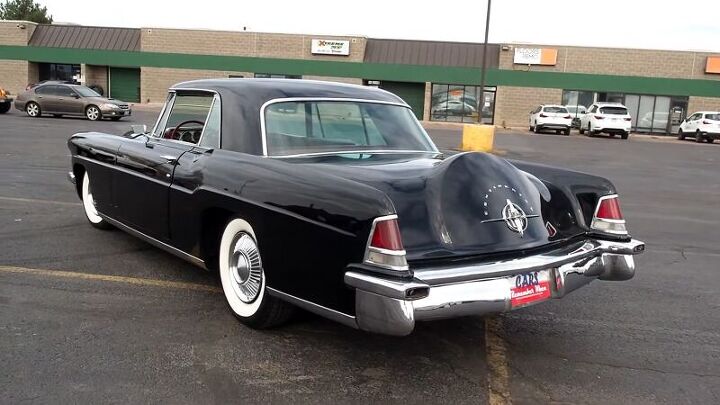


















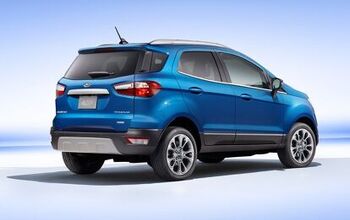
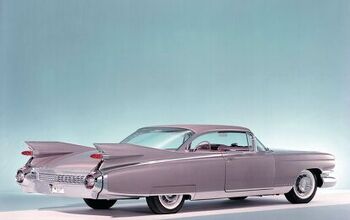
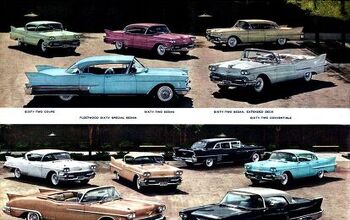
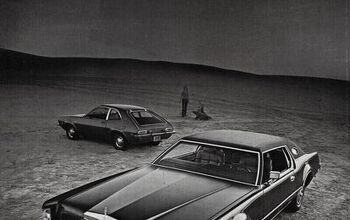
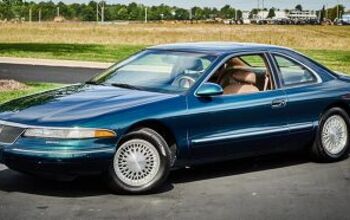
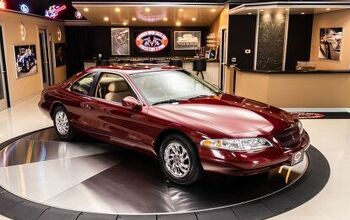
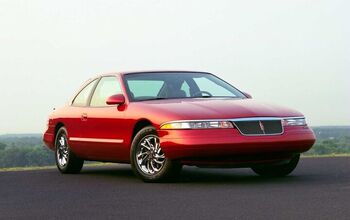
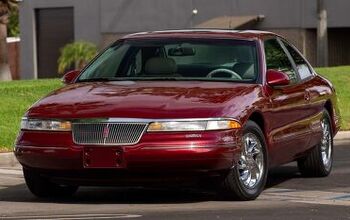

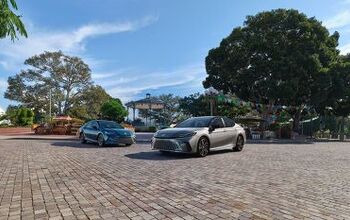

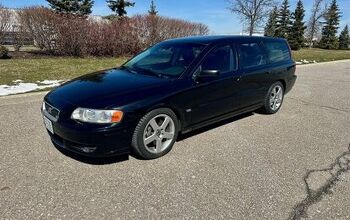
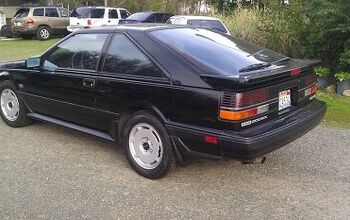
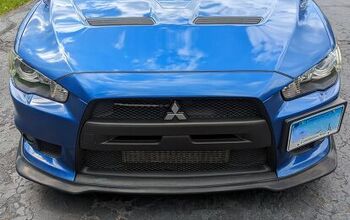
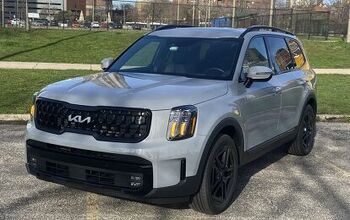
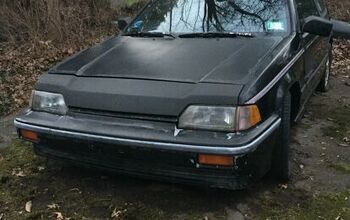
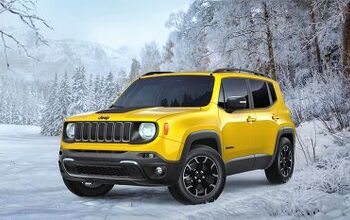

Comments
Join the conversation
This kind of QC is how Mercedes got where it is. Too bad every car wasn't built this way.
Corey, a wonderful series. Although I am a fan of the 59 Cadillac and very briefly owned one, I do have to admit that the Mark II is a very handsome vehicle. And would have looked good as a new car in a number of different decades.